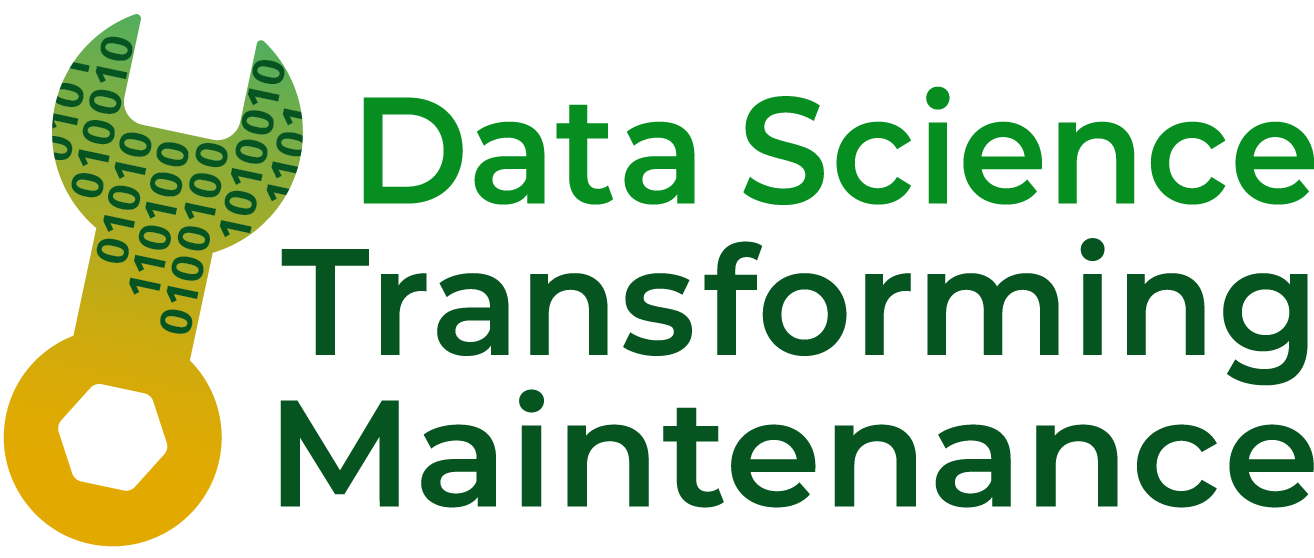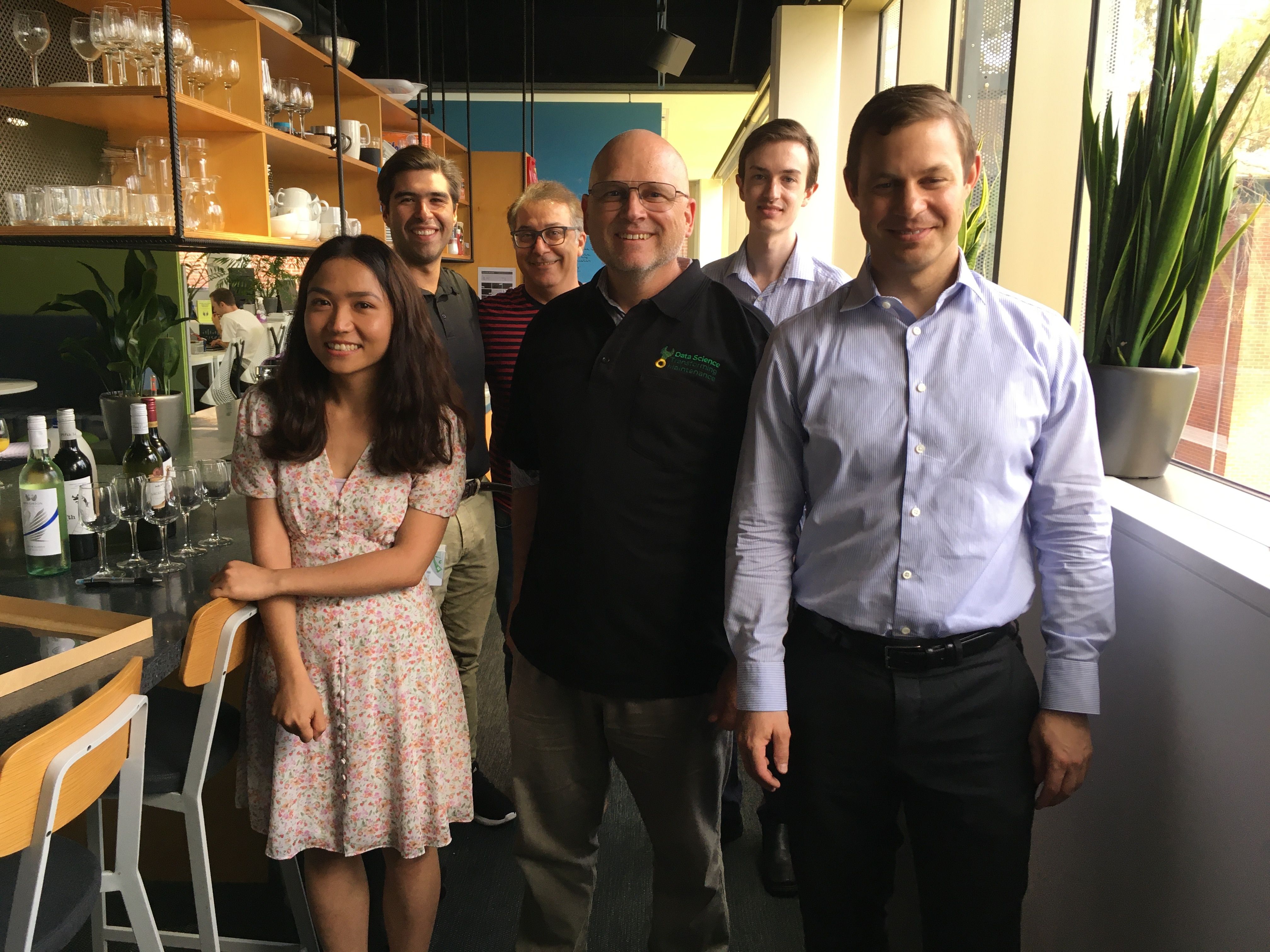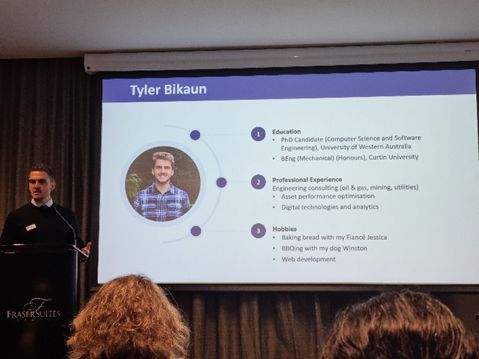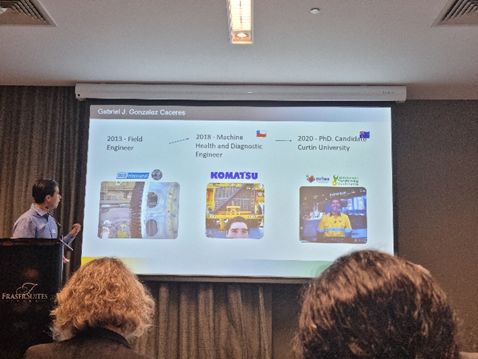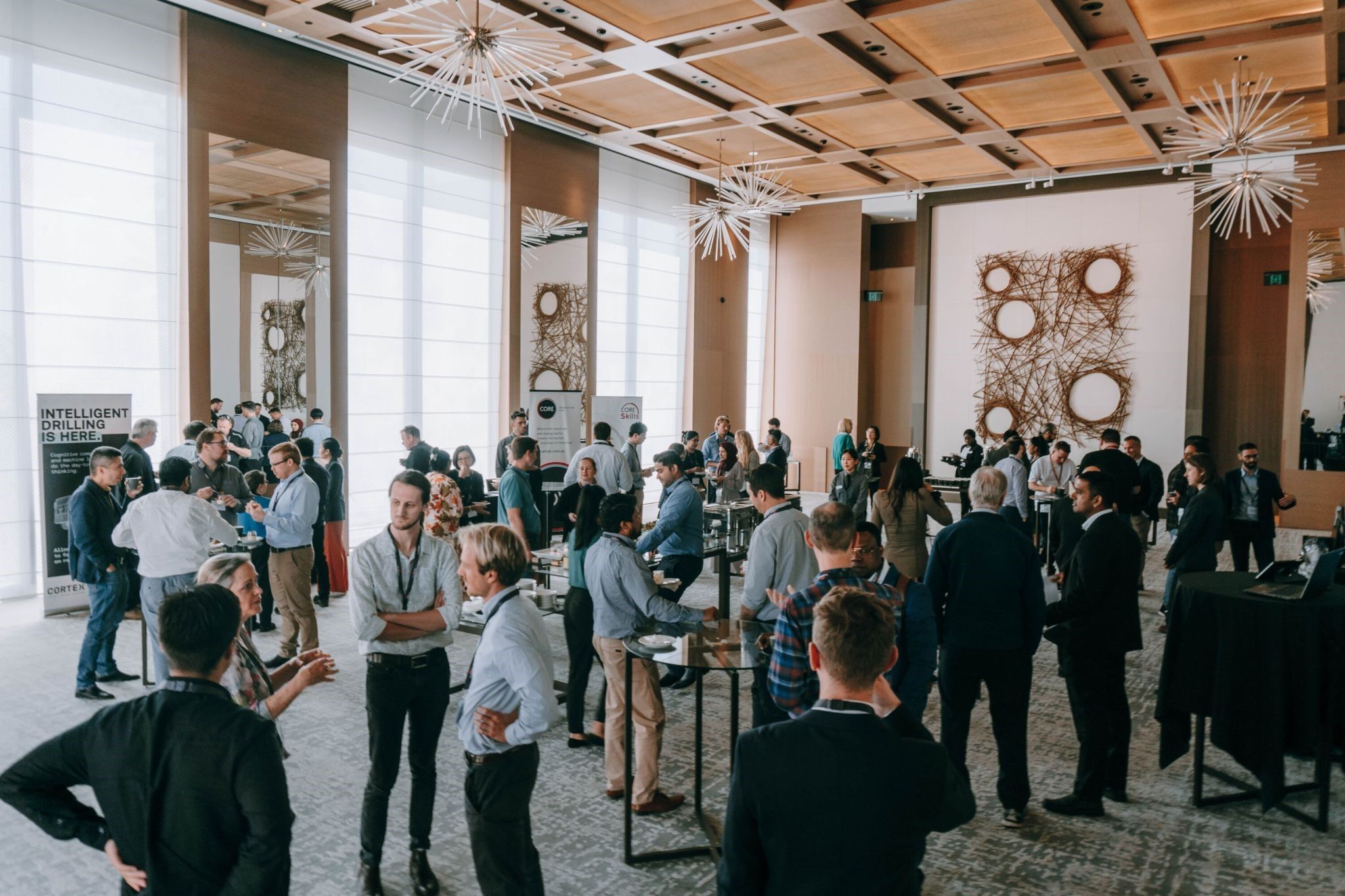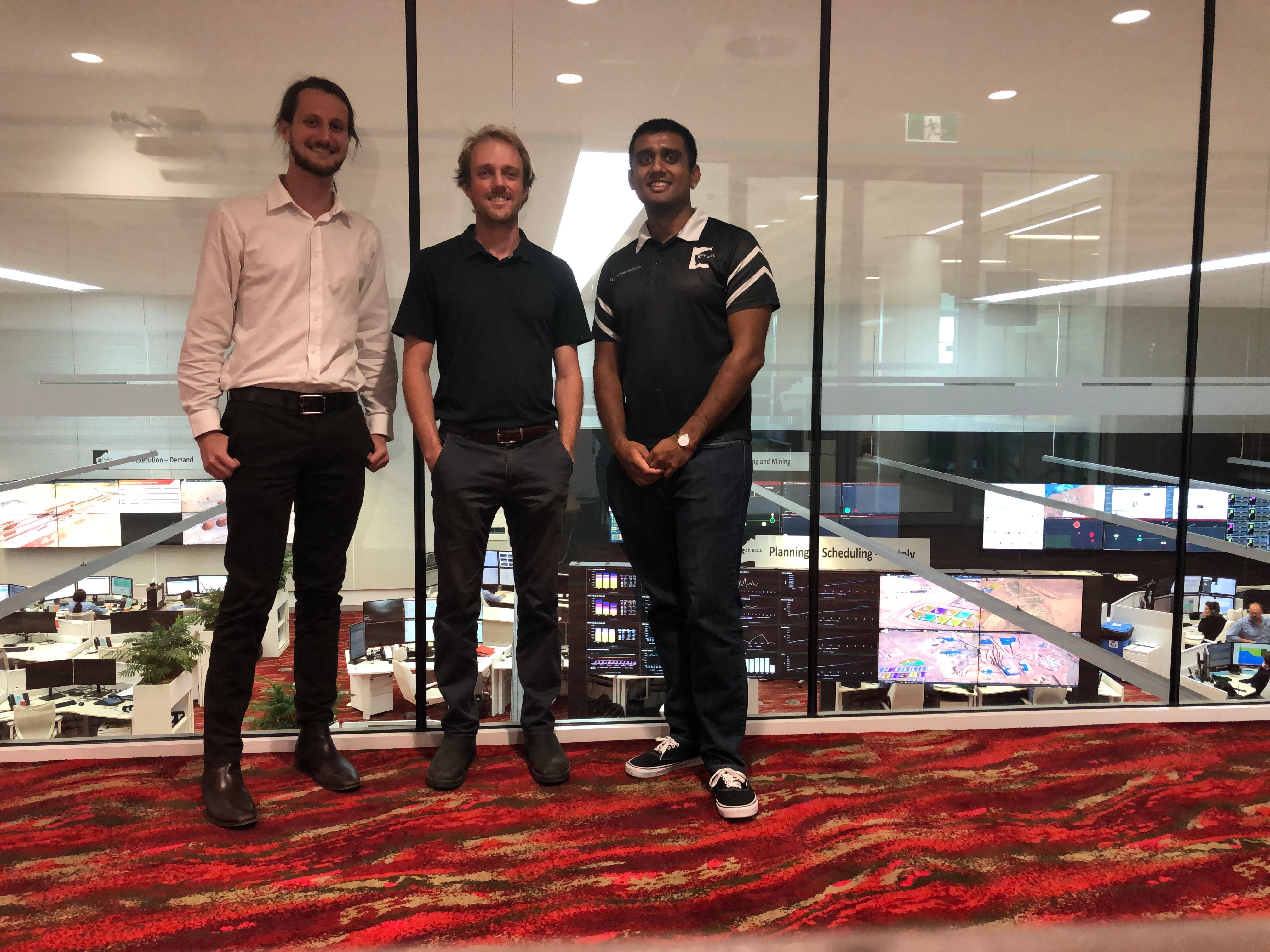Welcome to an update on CTMTDS activities Aug - Dec 2021.
Team Updates #
Changes to the members of the Centre in the second six months of 2021:
-
One new PhD student, Chau Nguyen, joined the Centre in October. Chau will complete his PhD at UWA within Theme 1 supervised by Tim French and Michael Stewart.
-
Brent Jondahl has joined the board representing BHP. We thank Dr Gaurav Singh for his excellent support of the Centre on the board; Gaurav will stay with the Centre as a mentor.
-
Ella Kashi will no longer represent Roy Hill on the PhD Placement Support Panel. She will be moving to Melbourne to support a Roy Hill university engagement with the University of Melbourne. Ella will also stay on with the Centre as an industry mentor.
-
We farewelled Andrew Harrison, who has been with the Centre since we started generously supporting our research and sharing his expertise. We thank him for his support on the Operating Committee. Chris Martindale has joined us on the Operating Committee to represent Alcoa alongside Moussa Mansour.
PhD successes #
In the second half of 2021, we celebrated the success of PhD students meeting academic milestones:
- Sandy Spiers has had his PhD research proposal - Maintenance Optimisation for Network Connected Assets accepted at Curtin University
- Gabriel Gonzalez and Ryan Leadbetter completed their confirmation of candidacy at Curtin University
- Tim Pesch and Braden Thorne have completed their confirmation of candidacy at UWA.
- Yingying Yang has completed her confirmation of candidacy at Curtin University.
- Ziyu Zhao and Tyler Bikaun have completed their confirmation of candidacy at UWA.
CTMTDS Activities #
A technical language processing-based solution calculate lubrication-related costs. #
Lubrication is crucial in any rotating equipment's efficiency and life expectancy. Michael Stewart utilised lubrication-related failures captured in unstructured text in maintenance work orders and AMPLA. Applying these to the TI pipeline (based on the original entity typing corpus and deep learning processes), he produced a "bubble chart" knowledge graph for the NW Reliability team. Data sources included Maintenance Work Order data, AMPLA data and Costs.
The purpose is to support NW Reliability Engineers exploring the data determine the total annual maintenance cost for lubrication related issues?”
This project supports a Reliability Engineers' ability to
- quantify lubrication cost issues as a percentage of total maintenance cost.
- Link lubrication issues with lost production.
- Identify where the main 'bad actors' are to be addressed.
In November, Michael presented his work at a Prognostics and Health Management Conference 2021, TLP Workshop. Michael demonstrated how work orders can be transformed into a knowledge graph to visualise historical asset data and allow domain experts to make informed business decisions.
Maintenance Work Order Annotation. #
To support the application of the Theme 1 (T1) pipeline at Roy Hill, Theme 1 brought in the skills of Charlie Schumacher, an engineer completing a Masters at UWA with an interest in Technical Language Processing. With the help of subject matter experts from Roy Hill, Charlie annotated work order data using three annotation tools developed by the Centre.
- Redcoat annotation tool: This tool enables us to manually annotate (tagged) the short text in the work order, identifying entities such as item, agent, activity etc. One of the quality assurance processes used to verify the annotations used for this tool is collaborative annotation; this involves the annotation of Roy Hill MWOs by the NLP-TLP team associated with the Centre. Once an acceptable annotation set has been developed with high annotator agreement, it is used by the T1 NLP pipeline to identify entities in unseen work orders. The resulting data set can be queried in Neo4J and visualised using a Knowledge Graph tool called Echidna.
- Echidna allows us to display the tagged and fortuitous data from the MWOs. Data is visualised using a knowledge graph, and the tool will enable users to filter on specific functional locations.
- Platypus tool: This tool takes work order data. The tool estimates Weibull distribution parameters using rules that anticipate what reliability engineers will use when they process MWOs.
The outcomes of these annotations were presented to the Roy Hill Maintenance Management team. Theme 2 PhD Candidate Ryan Leadbetter is now learning and working with these tools to support his Research. We congratulate Charlie on securing a position with Roy Hill starting in 2022.
MTBF estimation at maintainable item level. #
Tyler Bikaun completed a placement project with BHP Nickel West Refinery, sponsored by Brent Jondahl (General Manager) and supervised by Daniel Martindale (Operations Manager). During this placement, Tyler determined an essential process for the mean-time-between-failure (MTBF) estimation for in-service assets. Identifying the end-of-life event for each instance of functional failure is an arduous, manual process dependent on structured and unstructured fields in the maintenance management system and rules used by individual reliability engineers. In this project, Tyler Bikaun developed a technical language processing (TLP) pipeline is to produce MTBF values for in-service assets from maintenance work order data. Using this pipeline, he investigated how undocumented decisions made by reliability engineers in identifying end-of-life events impact MTBF estimates.
Tyler project will improve decision-making on equipment prioritisation and work timing. The project will also enhance productivity and move to standardisation in reliability analysis. Specifically, this project will produce
- a standardised methodology for determining MTTF, which doesn't vary from engineer to engineer,
- prioritised maintenance planning by utilising risk, asset criticality and reliability statistics of assets,
- provision of a foundation for fixed interval replacement strategy validation, and
- reduction in human resources required to determine MTTF estimates.
Tyler presented his work virtually in April at NIST Model-Based Enterprise Summit and again in July at the European Conference of the Prognostics and Health Management.
Historical cascading event identification for equipment criticality assessment (ECA) #
Ayham Zaitouny applies a complex systems approach to check that the assets associated with the most failure events connected to other failure events through cascading failures have been appropriately assessed in the criticality analysis. The hypothesis is that ECA's usually considers each asset independently, whereas this approach looks at the plant as a system. The mathematics involved has been tested on pumps in a refinery and an electricity network.
This project does not lessen the effort involved in the ECA development process. That is still needed, but it provides an opportunity to consider if events have been missed or possibly ranked inappropriately in the analysis.
Ayham’ s research builds on a pilot project completed in 2020, captured in a paper titled "Detecting asset cascading failures using complex network analysis" published by Jaymin Moffatt; Ayham Zaitouny; Melinda R. Hodkiewicz; Michael Small.
Development of Optimisation Models for Scheduling #
Hoa Bui has developed an optimisation algorithm to support the maintenance shutdown of a furnace in a Nickel refinery site. This optimisation tool will enable the managers to
- identify the bottleneck in the resources,
- make the decisions on how many external contractors of which type and on specific time during the shut to hire,
- decide the duration of the outage accurately.
This tool will help the schedulers and maintainers to
- quickly generate high-quality preliminary schedules;
- quickly test different scenarios and easily remove/add items to the shutdown plan.
Data Fit Organisation (DFO) model #
In collaboration with CORE Innovation Hub, Eden Li started an industry pilot of a Data Fit Organisation (DFO) model with Roy Hill.
Questionnaire surveys and interviews have been scheduled with stakeholders from Roy Hill. Based on this research, Eden and CORE will understand more about Roy Hill indicated capabilities and respective demonstrated behaviours in the data workflow.
The original Data Fit Organisation (DFO) model and early capability framework were developed by CORE Innovation Hub. DFO aims to help lead organisations to 'data fitness' with a tool to map, assess and improve data capability for each role. The model is unique in integrating 'social' capital, in terms of culture, with skills and technology, as well as behaviours.
Presentations and Engagements #
MRIWA - Research Show case #
CTMTDS PhD candidates Gabriel Gonzalez and Tyler Bikaun joined an excellent array of researchers to showcase their work. MRIWA sponsors the PhD cohort showcasing their work. They all bring diverse and valuable expertise and knowledge into the Western Australian resources industry. Gabriel pitched his current research on improving maintenance practices by pooling information across similar assets. Tyler highlighted his work to enable AI to process and understand technical language in texts such as maintenance work orders records.
After the presentations, the PhD researchers were available at a poster session to answer the more in-depth questions about their research. Thank you to MRIWA for organising this event.
Improving how engineers communicate with computers #
Melinda Hodkiewicz presented "Improving how engineers communicate – with computers" as part of the "The Shoe Bar", Shop GSO7 Yagan Square, 376 - 420 Wellington St, Perth.
Melinda challenged the audience to imagine a doctor giving you a diagnosis without looking at your medical records. She highlighted that this happens all the time in maintenance as the information about equipment history is stored as unstructured texts.
Melinda is on a mission to make these texts machine-readable, so they can be used to make better decisions about our engineering assets.
LexiClean: An annotation tool for rapid multi-task lexical normalisation #
Tyler Bikaun facilitated an online poster and live demonstration session at the 2021 Conference on Empirical Methods in Natural Language Processing.
NLP systems are often challenged by difficulties arising from noisy, non-standard, and domain-specific corpora. The task of lexical normalisation aims to standardise such corpora but currently lacks suitable tools to acquire high-quality annotated data to support deep learning-based approaches.
Tyler presented LexiClean, the first open-source web-based annotation tool for multi-task lexical normalisation. LexiClean's main contribution is support for simultaneous in situ token-level modification and annotation that can be rapidly applied corpus wide. He demonstrated the tool's usefulness through a case study on two sets of noisy corpora derived from the specialised domain of industrial mining. LexiClean allows for the rapid and efficient development of high-quality parallel corpora.
A demo of the system is available at: https://youtu.be/P7_ooKrQPDU.
International Conference on Maintenance and Intelligent Asset Management (ICMIAM2021). #
Three members of our Centre presented at the International Conference on Maintenance and Intelligent Asset Management (ICMIAM2021). This conference provides a platform for industry-leading speakers, academic experts and professional body leaders to share their knowledge and expertise on topics such as compliance to standards; risk management as the basis of an asset management plan; whole-life approach investment decisions; failure modes, existing and emerging technologies and extending an asset lifecycle.
The conference highlighted the practices and research outcomes to improve and enhance asset management through systems, standards, and technologies for balancing costs, risk and performance.
Prof Melinda Hodkiewicz was a keynote speaker. PhD candidates Ryan Leadbetter and Gabriel Gonzalez presented their research.
Machine Learning in Mining #
Melinda Hodkiewicz, Gabriel Gonzalez, Ryan Leadbetter and Braden Thorne attended the Machine Learning in Mining conference. Speakers included CI from Theme 2, Chris Aldrich, Tamryn Barker from CORE and Mitin Hirani from Roy Hill. They found the forum valuable and personal; people were open to sharing their organisational journeys/vision around how to best make use of Machine Learning in their businesses.
Industry placements #
Our researchers valued the opportunity to engage with our industry partners throughout the challenges of COVID.
BHP #
Ryan Leadbetter and Tim Pesch worked on a virtual project with BHP Iron ore to understand the factors that do and do not appear to influence idler life. At the end of 2020, Ryan Leadbetter conducted exploratory data analyses to explore the factors that affect the reliability performance of the idlers. Tim Pesch continued this project, completing a risk ranking of factors via multiple logistic regression investigating conveyor failure.
Tyler Bikaun and Michael Stewart have regularly visited Nickel West and worked with their Data Science and Reliability teams on several Technical Language Processing Projects. These projects are described above.
Hoa Bui clocked up a few hours on the road visiting the Nickel West refinery to work with maintenance planners to support the design and implementation of the maintenance shutdown of an individual asset.
Alcoa #
Gabriel Gonzalez continued his work virtually with Andrew Harrison and Moussa Mansour from Alcoa, focusing on inspection and scheduling activities for Pipelines.
Sandy Spiers was inducted into Alcoa, working on a project to build a scheduling model that reflects the Digester banks' necessary considerations on one of the Refineries. This model will be used as proof of concept and initial development before upscaling to other refineries in 2022.
Hoa Bui worked with Alcoa early in the year to support maintenance shutdown scheduling; this project has now transitioned to a Translation project.
Roy Hill #
In 2021 Yingying Yang, Ryan Leadbetter and Braden Thorne continued their regular weekly placements at Roy Hill.
Ryan and Braden are working with Mitin Hirani and the Roy Hill Data Science Team on specialised projects. Ryan worked on modelling the relationship between covariates and belt wear of overland Conveyors using Bayesian networks. Braden used regression techniques to estimate the remaining length for Crusher sizer teeth. They will continue to work with Roy Hill into 2022.
Yingying Yang worked with Josh Boath in the Maintenance Planning Processing team to build an Algorithm to support the Maintenance Shutdown scheduling.
Eden Li and CORE collaborated on an industry engagement with Roy Hill linking the capabilities of maintenance supervisors with the uptake of data science solutions within their team.
Researcher Catch-up #
Our Researchers present to our industry partners monthly. In the second half of 2021 the following presentations were delivered.
August 2021 #
In August Ayham Zaitouny hosted two Research Theme Two presentations:
Ryan Leadbetter presented the "The Effect of Informative Priors on Mean Lifetime Estimation from Censored Reliability Data." #
For large populations of similar components, replacement policies are often designed based on the mean lifetime of the components and whether or not the risk of failure increases with time. A data-driven approach to identifying this information is to fit a Weibull distribution to the lifetime data of the components and estimate the parameters of the distribution. However, lifetime data for components of this type are often heavily censored due to limited historical data, long component lifetimes, and past maintenance strategies. This heavy censoring results in biased parameter estimates when using traditional methods to estimate the Weibull parameters, such as Maximum Likelihood. Ryan presented a simulation study that looks at the impact that different prior distributions have on the Weibull analysis behaviour and summarised how a Bayesian approach could be leveraged to obtain better-behaved inference about the Weibull parameters in the case of highly censored data.
Michael Small presented "Cascading failure of assets and presidents: maintenance, Donald Trump, fake news and coronavirus." #
Michael demonstrated how disinformation events could be modelled as collective failure to transmit information and cause the cascading failure of infections which we observe as successive bursts of disease. He drew parallels between the methods applied in both settings and asked whether a similar in-depth analysis of asset failure would likely be informative or profitable
Early September 2021 #
In Early in September, Curtin PhD Candidates presented research inspired by Alcoa data:
Gabriel Gonzalez presented “Estimating the remaining useful life of process piping using Bayesian methods." #
Remaining useful life (RUL) estimation is a critical element of maintenance and risk assessment for industry.
Gabriel presented new options for pipeline RUL estimation that compensate for those data aspects that affect our industry partners. Gabriel's proposed Bayesian framework has been used in similar pipeline applications, where the degradation is assessed through ultrasonic inspections under a non-regular inspection schedule. Building on these findings, he implemented a multilevel Bayesian model to produce RUL estimates for a small sample of pipes in a minerals processing operation.
In this presentation, Gabriel discussed the selection of the model based on its capability to incorporate
- a degradation path model;
- an uncertainty measurement model;
- a hierarchical structure; and
- prior information on degradation rate.
Gabriel has been able to identify some of the differences between the two approaches and suggest pathways for future research.
Sandy Spiers presented on "Maintenance Optimisation for Network Connected Assets." #
Refineries take particular care in determining the maintenance strategy for assets that sit on the critical path of production. Failures in these assets can cause significant losses in production. A common strategy for critical asset maintenance is to provide surplus or redundant assets to replace a critical asset requiring maintenance. However, this strategy is further complicated when the assets are interconnected, and hard scheduling constraints govern maintenance activities.
Sandy presented a maintenance optimisation model for a network of digester banks, a critical path asset found in the Bayer process. Sandy outlined the formulation of the model and the real-world considerations required. He presented a new solution algorithm designed to solve the model and determine the optimal maintenance schedule.
Late September 2021 #
Later in September Michael Stewart hosted presentations from two of UWA PhD Candidates:
Ziyu Zhao presented “A pattern-based natural language interface for knowledge graph querying." #
Recent work in Theme One has demonstrated the ability for knowledge graphs to encapsulate a wealth of valuable maintenance knowledge, such as historical asset information and failure modes associated with specific assets. To ask questions of a knowledge graph, it must be queried via a formal query language such as Cypher. However, reliability engineers have little to no knowledge of formal languages, preventing them from being able to query knowledge graphs directly. Ziyu demonstrated a pattern-based natural language interface that transforms a natural language question into a structured query to bridge this gap. The interface will enable reliability engineers to directly ask critical questions of a knowledge graph.
Braden Thorne presented “An Introduction to Time Series Analysis with Reservoir Computing." #
Reservoir computing is a framework for supervised machine learning tasks. The underlying idea is to take some time series and inject it into a high dimensional recurrent network to construct a representation of the data in what we call the reservoir space. Up to this point, research has focused on ways of training this reservoir space to desired outputs or labels. It has done so with impressive results across many tasks and data sets. However, the reservoir space in and of itself is rich with information that can inform us about the original data stream without the need for training. The ability to use the reservoir in such an unsupervised way opens the way to new potential tasks, particularly ones where we don't have labels or targets to train. Braden detailed reservoir time series analysis and discussed a couple of simple methods within this scope. Braden focused on the critical task of signal distinction, highlighting the performance of these methods with respect to current approaches used for such tasks. Braden emphasised the application of reservoir time series analysis by discussing tasks and data sets where these methods offer the most benefits.
October 2021 #
In October Debora Correa encouraged our industry partners to present an industry perspective.
Michael Manning - Manager – Asset Engineering and Mitin Hirani, Principal Data Scientist from Roy Hill, both responded positively to the invitation.
Michael Manning led Post-Doctoral Researchers and PhD candidates through an interactive workshop. He focused on the maintenance challenges Roy Hill faces and how they use data to understand the issue. All researchers found Michael's experience and candid presentation very valuable and encouraging.
Mitin Hirani presented the “Lessons learned from keeping a machine learning solution alive for two years”. Mitin shared his learning journey from early 2019 when Roy Hill started using machine learning to forecast process plant yield/recovery. This solution started off as a simple MVP (minimum viable product) and has grown into a MLOps implementation. Mitin presentation provided great insight into the how industry is implementing new technologies, the challenges and successes.
December 2021 #
We closed the year in December with two presentations hosted by Hoa Bui.
Tim Pesch presented his research "Modelling lifetime dependence of heterogeneous components via Sequential Order Statistics." #
In this presentation, Tim discussed the application of Sequential Order Statistics (SOS) for multi-component, load-sharing systems. Generators that produced a specific power output or multiple wash tanks that filter a polluted substance are examples of such systems. SOS are a generalisation of ordinary OS which allow modelling a dependence structure between components. The main idea is that upon the failure of one component, the lifetimes of the remaining components can change. The model further considers either all components to be heterogeneous or heterogeneous groups of homogeneous components. This assumption is feasible if not all generators are of the same type or if wash tanks operate in series, for instance. Tim presented powerful tools to understand component as well as system behaviour better. Tim also shared his ideas regarding future work, receiving feedback on this research topic.
Ponpot Jartnillaphand, our 2021 honours student, presented his honours research. "Logic-Based Benders’ Decomposition for Crew Scheduling in Maintenance Operations." #
The crew scheduling problem in maintenance operations comprises two key parts:
- scheduling the timings of a set of tasks over a given planning period, and
- assigning the scheduled tasks to available crews.
In his research, Ponpot develops an optimisation model for a crew scheduling problem to maximise the number of all completed jobs subject to various constraints. Like many mathematical models in practice, when dealing with large-scale data, models face the curse of dimensionality that challenges cutting-edge optimisation solvers, such as IBM CPLEX. To overcome this, Ponpot considered a logic-based Benders' decomposition method to improve the overall running time. Ponpot discussed an optimisation model and a decomposition method to tackle the dimensionality challenges in his talk.
IN THE SPOTLIGHT #
On 11 August, we congratulated Yingying Yang and her family on the arrival of the newest member of their family, Anqi.
Hoa Bui was awarded the Cheryl Praeger Travel Award from The Australian Mathematical Society for a scientific visit at Alicante University, Spain. Her visit will be hosted by Professor Marco Lopez (Google Scholar: https://scholar.google.com.au/citations?user=gHhrx5cAAAAJ&hl=en&oi=hraa)
Stay tuned for our next issue where we will cover: #
- Industry placements
- New publications
- Research updates
